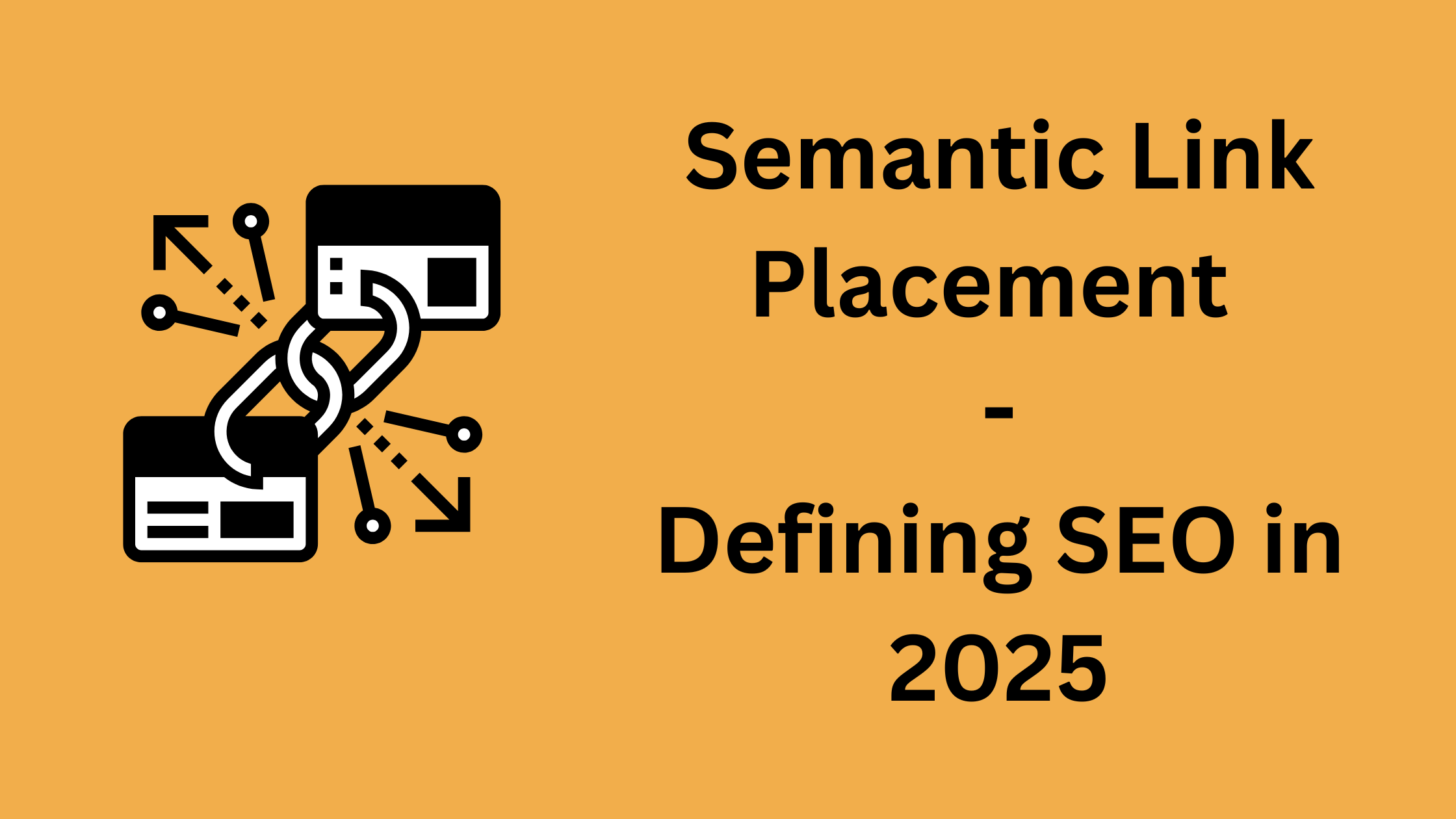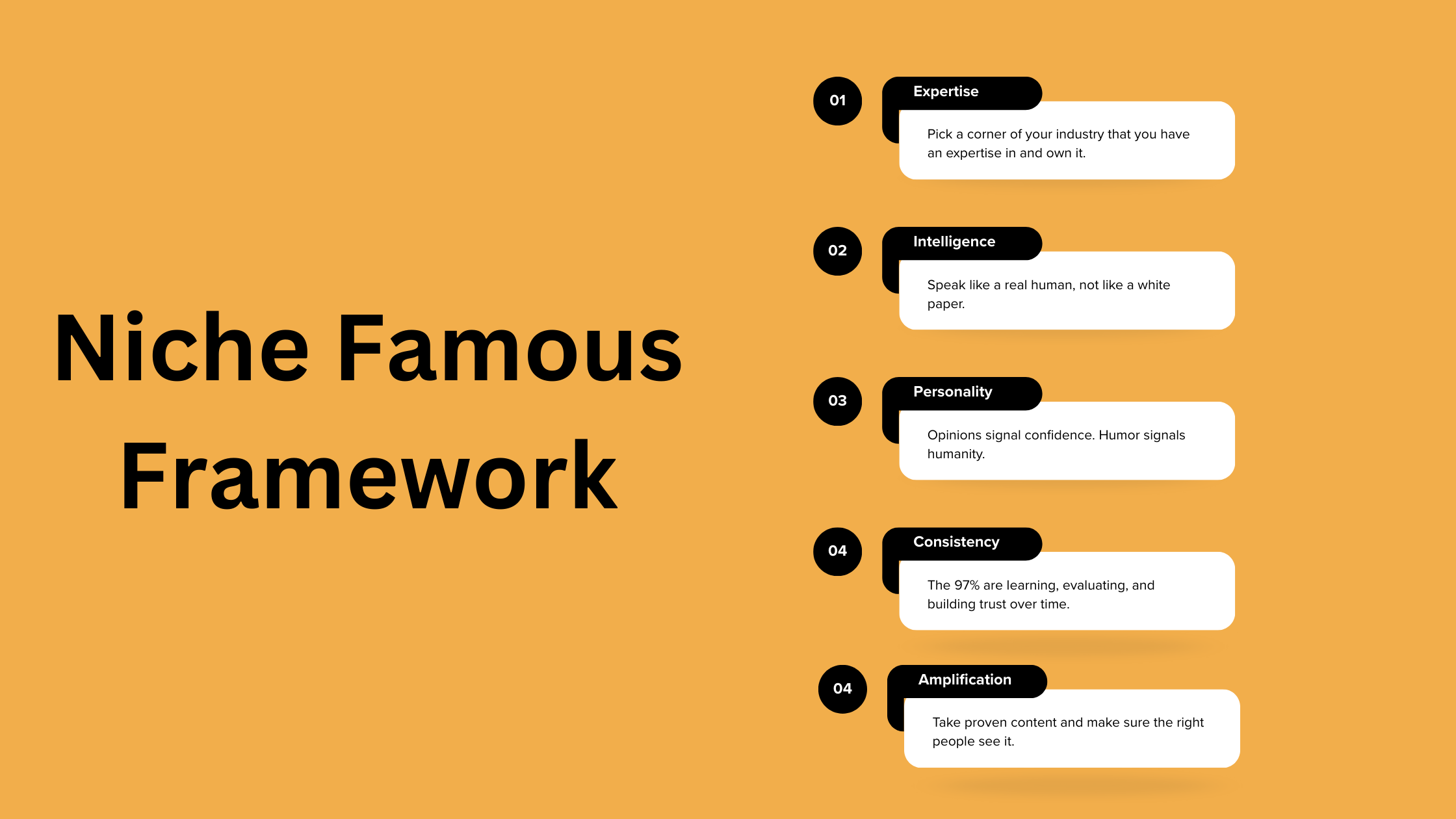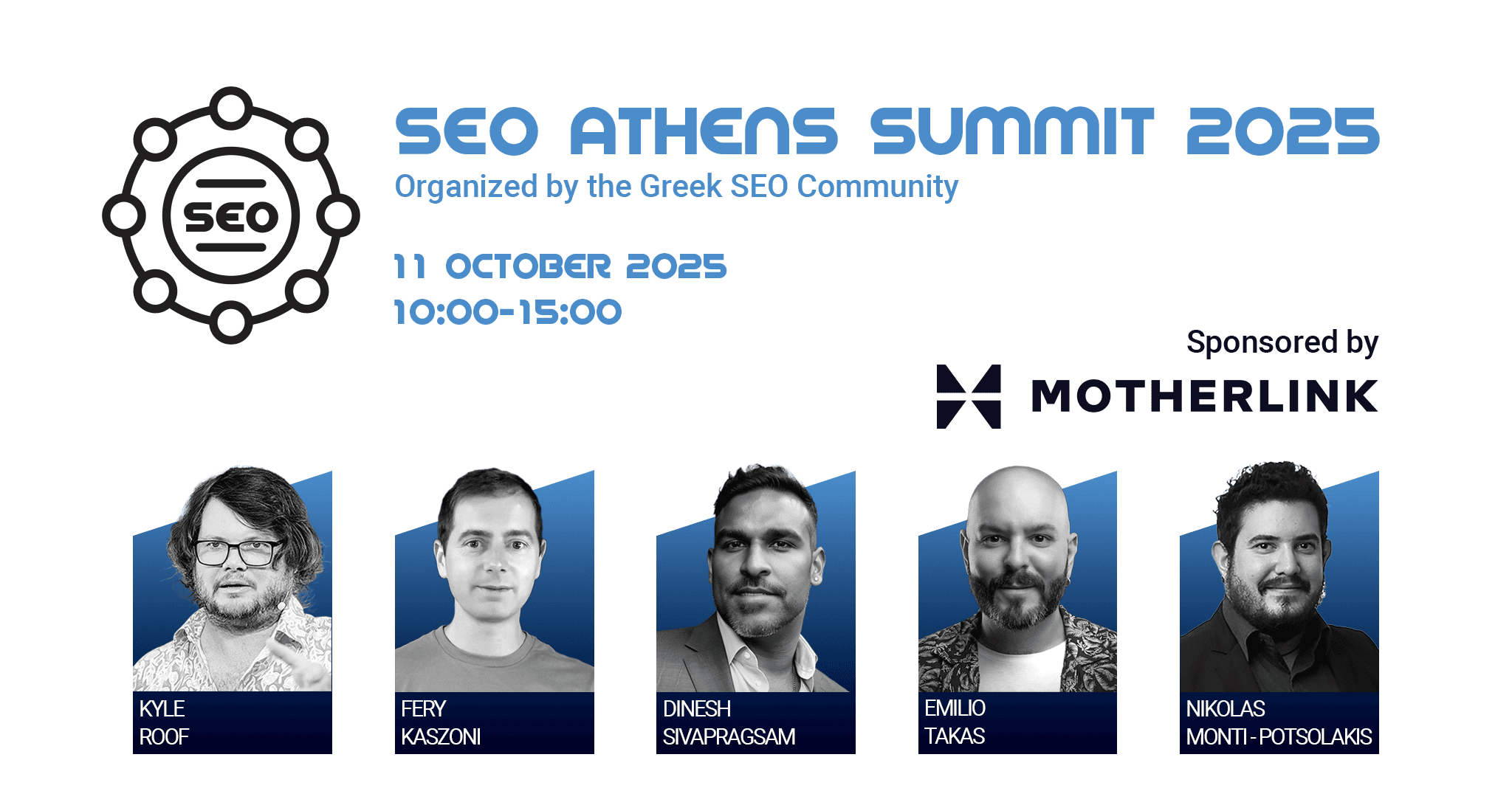Not that long ago (at least it doesn’t feel like it), link building was a simple numbers game. You needed to watch DR and DA. You stacked backlinks as if they were trophies. The higher the domain metrics, the better. Happy times.
But SEO in 2025 looks very different. Google’s Muvera update changed the way backlinks are evaluated, and AI-driven SERPs, from Google AI Overviews to Bing Copilot, have doubled down on those changes.
What am I driving at? Now, backlinks carry weight only when the environment around them makes sense. In other words, context has become the new currency of SEO. Read on to learn what that means and how to adapt before you fall behind.
How Muvera rewrote the rules
Before Muvera, SEO experts could ride high on metrics: land a link on a DR 80 site, and you’d see a boost even if the content itself was only loosely related.
Well, that’s now over.
With the update in place, Google evaluates backlinks at a semantic level. A backlink works if it’s woven naturally into content that matches the theme of the target page. For instance, a link to a fintech SaaS from “Forbes Lifestyle” might not be a SEO win anymore. However, a backlink from a much smaller finance blog where the content and surrounding language reinforce the same theme can have an outsized impact.
Authority in isolation is not as effective anymore, but authority in alignment is.
The era of superficial link placement is over
So, I’ll highlight it again: random link-dropping is no longer an option. Google now interprets not just the anchor text, but the paragraph, the section, and even the entire domain’s focus before deciding how much authority to pass along. Shallow insertions are losing power fast.
Where do links still hold power?
I see two clear patterns emerging:
- Central, not peripheral. Links embedded in the main body of an article (where the argument develops) are more impactful than those relegated to footers, sidebars, or resource dumps. Search engines can tell the difference between a core reference and a link farm.
- Reader-first signals. Engagement metrics now reinforce backlink value. If a link drives clicks, keeps readers on-page, or leads them deeper into related content, it validates that the placement was useful. Google rewards that.
Topic clusters beat one-off links
Another big shift is worth mentioning: Google looks for patterns of context rather than one-off placements.
Cybersecurity’s a good example. One backlink on a generic tech blog doesn’t establish much authority, even though the placement is relevant contextually. But if you’ve got a series of articles across different outlets (covering threat detection, zero-trust policies, and data compliance) and they’re all interlinked, you’ve created a semantic cluster. It proves to Google and AI-driven SERPs that your brand consistently shows up in authoritative conversations.
This semantic footprint makes a huge difference because it helps you rank across entire topic areas, not just for the single keyword tied to a backlink.
Backlinks only count if they’re worth quoting
And then there’s the rise of AI search.
Google AI Overviews, Bing Copilot, and Perplexity basically get to decide what’s cited in an instant summary. Annoying? Yes? Worth looking into? Absolutely.
When AI pulls answers for SERP overviews, it’s acting like a research assistant, scanning sources, then quoting the ones that look most credible and well-structured.
This process flips the backlink equation. Once again, page authority (and sometimes even anchor text) matters less than whether the surrounding content feels citable. Content with clear sections and strong entity associations wins against bloated articles that try to cover everything but end up saying nothing.
That means SEOs have to think like publishers, not just link builders. A backlink inside a messy, keyword-stuffed post is practically invisible to AI. A backlink inside a well-organized explainer or a data-backed piece? This one has a chance of being surfaced directly in the answer box.
How to work with context in practice
So how do you build links that deliver results in this new SEO/GEO environment? A few steps are clear:
- Start with clusters, not links. Map out the themes where you want to build authority, then identify where content and backlinks can reinforce each other.
- Read sites like a user, not like an SEO. If the link feels forced when you read the piece as a human, it’s not worth placing. Google’s evaluation isn’t that different anymore.
- Place links where AI “goes to” answers. Q&As and data-backed pieces get quoted. Fluffy listicles don’t. Go where people (and machines) look for substance.
- Think in entities, not just anchors. A link surrounded by relevant terms, brands, or stats strengthens its signal.
- Use freshness as leverage. Timely articles will perform better. A link in this quarter’s trend report will deliver more results than the same link in an outdated roundup.
- Measure signals beyond rankings. Referral clicks, engagement, and AI citations matter more than a static DR score. If your link drives action, it’s doing its job.
- Plan for semantic depth. Backlinks now live inside networks of meaning.
Yes, this rearrangement of priorities takes time, and this is where smart tools come in. Backlink marketplaces are more relevant than ever — they help you find links that fit your semantic strategy.
Platforms like Serpzilla make the process both easy and efficient. Instead of simply sorting by raw authority, you can filter for sites and placements that match your topical clusters. You’ll spend less time sifting and more time building networks of context that search engines and AI SERPs reward.
Bottom line: Context > metrics
Remember: tools help you scale, but they can’t replace the strategy. The strategy has to start with context.
Stay on top of the conversations your brand should be part of, where those conversations happen, and how to show up there in a way that feels natural. That creates a footprint machines can recognize and people can trust.So, the big question is:
Are you still counting backlinks, or are you already building context?
Nick Malekos is the Head of Growth & Demand Generation at Cyberbit, with a background in SEO, Content Marketing, and Performance. He is specializing in helping SaaS startups and scale-ups grow.
- Nick Malekoshttps://marketingexpertshub.com/author/nick-malekos/
- Nick Malekoshttps://marketingexpertshub.com/author/nick-malekos/
- Nick Malekoshttps://marketingexpertshub.com/author/nick-malekos/
- Nick Malekoshttps://marketingexpertshub.com/author/nick-malekos/








